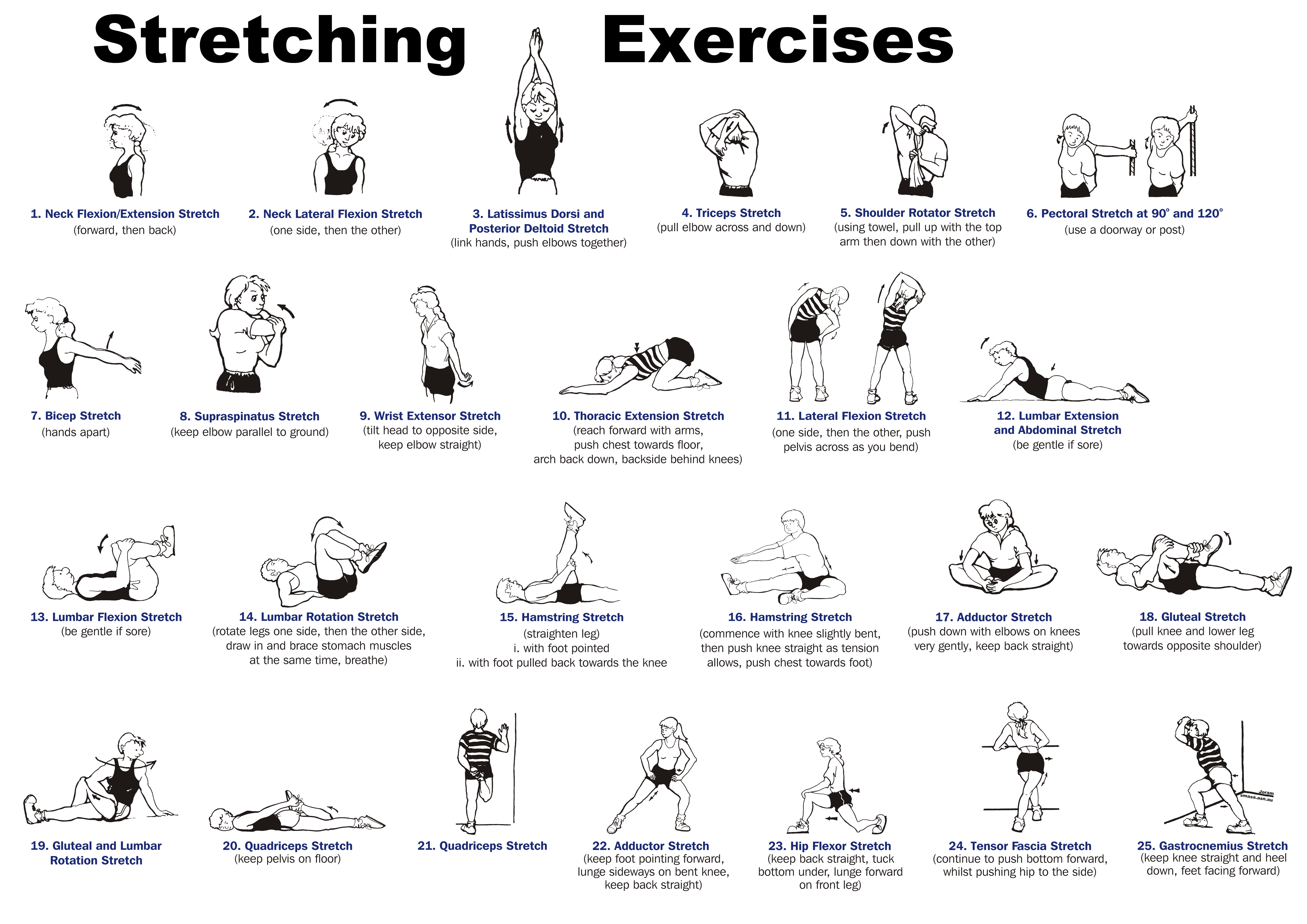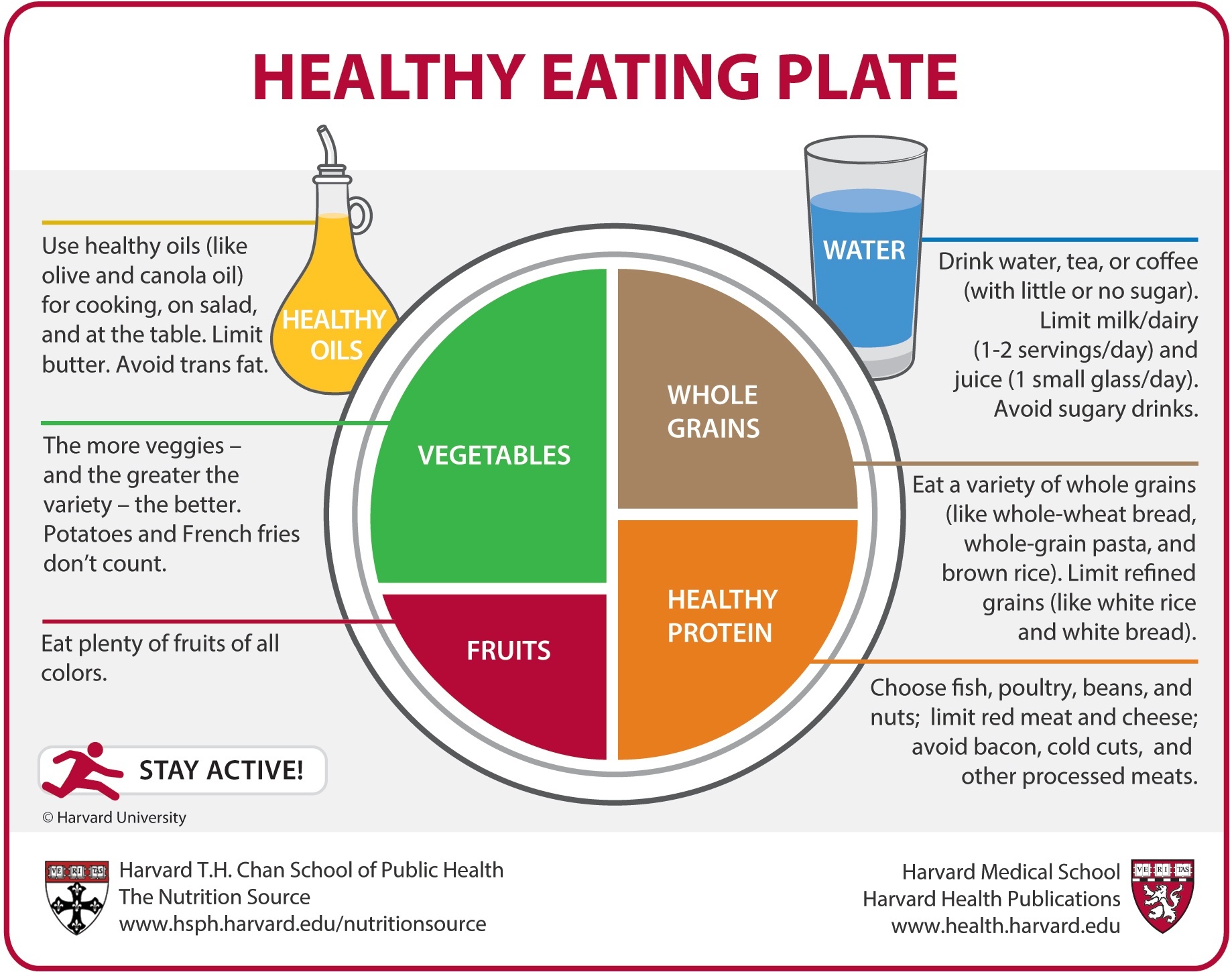This is an old revision of the document!
Table of Contents
Self-care
Self-care is any necessary human regulatory function which is under individual control, deliberate and self-initiated.
Note: The information on this page is based on our personal and collective experiences. What works for the authors of this page, may not be right for you. Use common sense and look after yourself. When it comes to health, always seek the advice of a trained medical professional if possible.
Activities of Daily Living
Personal Hygeine
Personal hygiene involves those practices performed by an individual to care for one's bodily health and well being, through cleanliness. Practices that are generally considered proper hygiene include bathing regularly, washing hands regularly and especially before handling food, washing scalp hair, wearing clean clothing, brushing teeth, cutting finger nails, covering one's mouth when coughing, disposal of soiled tissues appropriately, making sure toilets are clean, and making sure food handling areas are clean, besides other practices. People tend to develop a routine for attending to their personal hygiene needs.
Sleeping
Sleep hygiene recommendations include establishing a regular sleep schedule, using naps with care, not exercising physically or mentally too close to bedtime, limiting worry, limiting exposure to light in the hours before sleep, getting out of bed if sleep does not come, not using bed for anything but sleep and sex, avoiding alcohol as well as nicotine, caffeine, and other stimulants in the hours before bedtime, and having a peaceful, comfortable and dark sleep environment.
Eating
Medication
Housekeeping
Housekeeping refers to the management of duties and chores involved in the running of a household, such as cleaning, cooking, home maintenance, shopping, laundry and bill payment.
Housecleaning
Housecleaning includes activities such as disposing of rubbish, washing dishes, cleaning dirty surfaces, dusting and vacuuming. It may also involve some outdoor chores, such as removing leaves from rain gutters, washing windows and sweeping doormats.
Managing money
Moving within the community
Food Safety
Preparing meals
Grocery shopping
Communication
Approaches
Physical Exercise
Exercise is any bodily activity that enhances or maintains physical fitness and overall health and wellness.
Aerobic Exercise
Aerobic exercise is any physical activity that uses large muscle groups and causes the body to use more oxygen than it would while resting. The goal of aerobic exercise is to increase cardiovascular endurance. Examples of aerobic exercise include running, cycling, swimming, brisk walking, skipping rope, rowing, hiking, playing tennis, continuous training, and long slow distance training.
Anaerobic Exercise
Anaerobic exercise, which includes strength and resistance training, can firm, strengthen, and tone muscles, as well as improve bone strength, balance, and coordination. Examples of strength moves are push-ups, pull-ups, lunges, and bicep curls using dumbbells.
- Bodyweight exercises are strength training exercises that use the individual's own weight to provide resistance against gravity.
- Weight training is a common type of strength training for developing the strength and size of skeletal muscles. It utilizes the force of gravity in the form of weighted bars, dumbbells or weight stacks in order to oppose the force generated by muscle through concentric or eccentric contraction.
Flexibility Exercise
 Flexibility exercises stretch and lengthen muscles. Activities such as stretching help to improve joint flexibility and keep muscles limber. The goal is to improve the range of motion which can reduce the chance of injury. Each stretch should be held for a minimum of 10–20 seconds and stretched to the point of mild discomfort but not pain.
Flexibility exercises stretch and lengthen muscles. Activities such as stretching help to improve joint flexibility and keep muscles limber. The goal is to improve the range of motion which can reduce the chance of injury. Each stretch should be held for a minimum of 10–20 seconds and stretched to the point of mild discomfort but not pain.
- Stretching is a form of physical exercise in which a specific muscle or tendon is deliberately flexed or stretched in order to improve the muscle's felt elasticity and achieve comfortable muscle tone. Stretching combined with pulse-raising activities form part of warm-up routines. You should warm up in the morning, before exercising.
- Yoga is a physical activity consisting largely of postures called asanas, often connected by flowing sequences called vinyasas, sometimes accompanied by the breathing exercises of pranayama, and usually ending with a period of relaxation or meditation. Yoga combined with a light walk form part of cool-down routines. You should cool down in the evenings, after exercising.
Healthy Diet
 A healthy diet is a diet that helps to maintain or improve overall health. A healthy diet provides the body with essential nutrition: fluid, macronutrients, micronutrients, and adequate calories. A healthy diet contains mostly fruits, vegetables, and whole grains, and includes little to no processed food and sweetened beverages. The requirements for a healthy diet can be met from a variety of plant-based and animal-based foods, although a non-animal source of vitamin B12 is needed for those following a vegan diet.
A healthy diet is a diet that helps to maintain or improve overall health. A healthy diet provides the body with essential nutrition: fluid, macronutrients, micronutrients, and adequate calories. A healthy diet contains mostly fruits, vegetables, and whole grains, and includes little to no processed food and sweetened beverages. The requirements for a healthy diet can be met from a variety of plant-based and animal-based foods, although a non-animal source of vitamin B12 is needed for those following a vegan diet.
Vegetables and Fruit (1/2)
A diet rich in vegetables and fruits can lower blood pressure, reduce the risk of heart disease and stroke, prevent some types of cancer, lower risk of eye and digestive problems, and have a positive effect upon blood sugar, which can help keep appetite in check. Variety and color are key to a healthy diet. On most days, try to get at least one serving from each of the following categories: dark green leafy vegetables; yellow or orange fruits and vegetables; red fruits and vegetables; legumes (beans) and peas; and citrus fruits.
- Keep fruit where you can see it - Place several ready-to-eat washed whole fruits in a bowl or store chopped colorful fruits in a glass bowl in the refrigerator to tempt a sweet tooth.
- Choose a whole fruit, instead of juice - An orange has two times as much fiber and half as much sugar as a 12-ounce glass of orange juice.
Carbohydrates (1/4)
The amount of carbohydrate in the diet – high or low – is less important than the type of carbohydrate in the diet. For example, healthy, whole grains such as whole wheat bread, rye, barley and quinoa are better choices than highly refined white bread or French fries.
- Start the day with whole grains - Try porridge or a cold cereal that lists a whole grain first on the ingredient list and is low in sugar. Choose a cereal that has at least 4 grams of fiber and less than 8 grams of sugar per serving.
- Use whole grain breads for lunch or snacks - Look for bread that lists as the first ingredient whole wheat, whole rye, or some other whole grain.
- Look beyond bread - Whole wheat bread is often made with finely ground flour, and bread products are often high in sodium. Instead of bread, try a whole grain in salad form such as brown rice or quinoa.
Protein (1/4)
Because protein is found in an abundance of foods, many people can easily meet this goal. However, not all protein “packages” are created equal. Because foods contain a lot more than protein, it’s important to pay attention to what else is coming with it. Choose fish, poultry, beans, and nuts; limit red meat and cheese; avoid bacon, cold cuts, and other processed meats.
- Get your protein from plants - Eating legumes, nuts, seeds, whole grains, and other plant-based sources of protein is a win for your health and the health of the planet. Make sure that you mix up your sources so no “essential” components of protein are missing.
- Upgrade your sources of animal protein - Poultry, seafood and eggs are your best bet. Eat dairy in moderation (once per day), eat red meats in limited amounts and avoid processed meats.
Mindfulness
Mindfulness is the psychological process of bringing one's attention to experiences occurring in the present moment, which one can develop through the practice of meditation and through other training. There are several exercises designed to develop mindfulness meditation, including the use of guided meditations. One method is to sit on a straight-backed chair or sit cross-legged on the floor or a cushion, close one’s eyes and bring attention to either the sensations of breathing in the proximity of one’s nostrils or to the movements of the abdomen when breathing in and out. In this meditation practice, one does not try to control one’s breathing, but attempts to simply be aware of one’s natural breathing process. When engaged in this practice, the mind will often run off to other thoughts and associations, and if this happens, one passively notices that the mind has wandered, and in an accepting, non-judgmental way, returns to focusing on breathing. In body-scan meditation the attention is directed at various areas of the body and noting body sensations that happen in the present moment.
